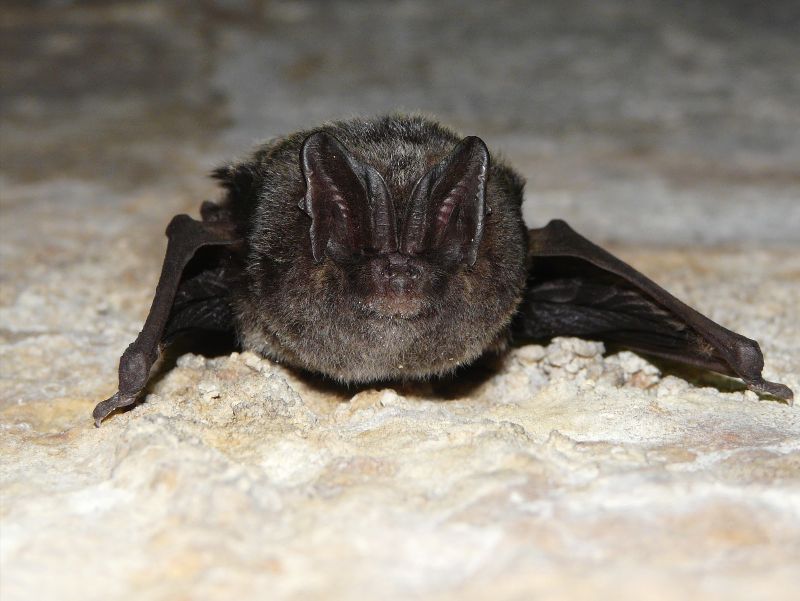New study identifies woodland management practices that are good for Britain’s bats

New research, just published in the journal Forest Ecology and Management, has assessed bat populations across broadleaved woodlands managed in different ways. The work not only reveals the management practices that are good for bats, but also highlights those structural characteristics that are beneficial to individual bat species.
Changes in woodland management have been linked to declines in birds and other wildlife but we know little about the impacts of such changes on our bat populations. All 17 bat species found breeding in the UK use woodlands and many are reliant on semi-natural broadleaved woodland. Because of the increasing pressures on our woodlands and their bat populations it is essential that we improve our understanding of how different types of woodland management affect their use by bats.
Lead author Danny Alder used special acoustic recorders to capture the echolocation and other calls made by bats using the study sites. Through this he was able to identify the species involved and could then measure their activity across the different woodland habitats. Danny collected data on the structural features of the woodlands, many of which are the result of the management practices used. Features like the degree of canopy cover, tree size, density of the understorey and the amount of standing dead wood can influence a woodland’s suitability to bats.
Eleven bat species were identified, including the rare Barbastelle, and there were clear differences between the different woodland management types in terms of both occupancy by bats and their activity. ‘Irregular High Forest’, a woodland type where the forest ecosystem is maintained intact by selective felling and characterised by its mixed-sized trees and complex structure, had the richest bat community and highest occupancy rates for most bat species.
The study demonstrates how features associated with Irregular High Forest stands, including deadwood, understorey structure, open canopy areas and larger tree size, seemed to benefit multiple bat species across different foraging guilds. Barbastelle – a low-level forager – was significantly associated with areas of more open canopy across all of the different stand management types, though with highest occupancy in the Irregular High Forest stands. The importance of this, and the other features highlighted, should be taken into account when considering how best to manage woodland for bats.
Danny Alder commented ‘Through our work we have identified important associations between bat species and woodland structure, demonstrating how the management practices associated with Irregular High Forest promote many of the structural features which positively influence bats. Importantly, our study also shows that an emphasis on non-intervention as the appropriate woodland management treatment for bat conservation may be misleading without an understanding of the structural characteristics present.’
Stuart Newson, BTO, commented ‘The use of passive acoustic monitoring to survey bats is not without its challenges. Identification is particularly challenging, not least because bats make a diverse suite of calls and there is a lot of variation between both individuals and species. Being able to use the cutting-edge analytical tools developed at BTO has been very useful in this project, enabling identification of these difficult species.’
Andy Poore, commented ‘Rushmore Woods are of very high biodiversity value and for 30 years we have been developing an approach which can secure and enhance this interest in a cost-effective way and which can be used as a compliment to coppice management, which is traditional but is very difficult to sustain economically. Irregular High Forest with an integrated understorey produces exceptionally complex habitats and it is very encouraging to have its value confirmed by this study’.




